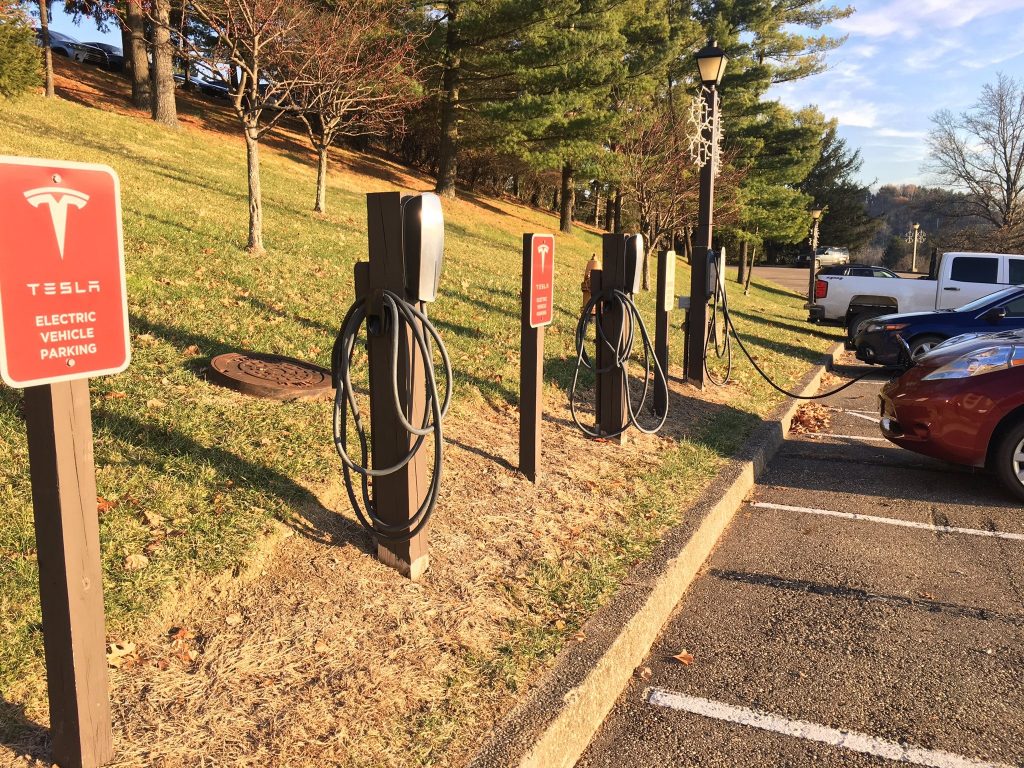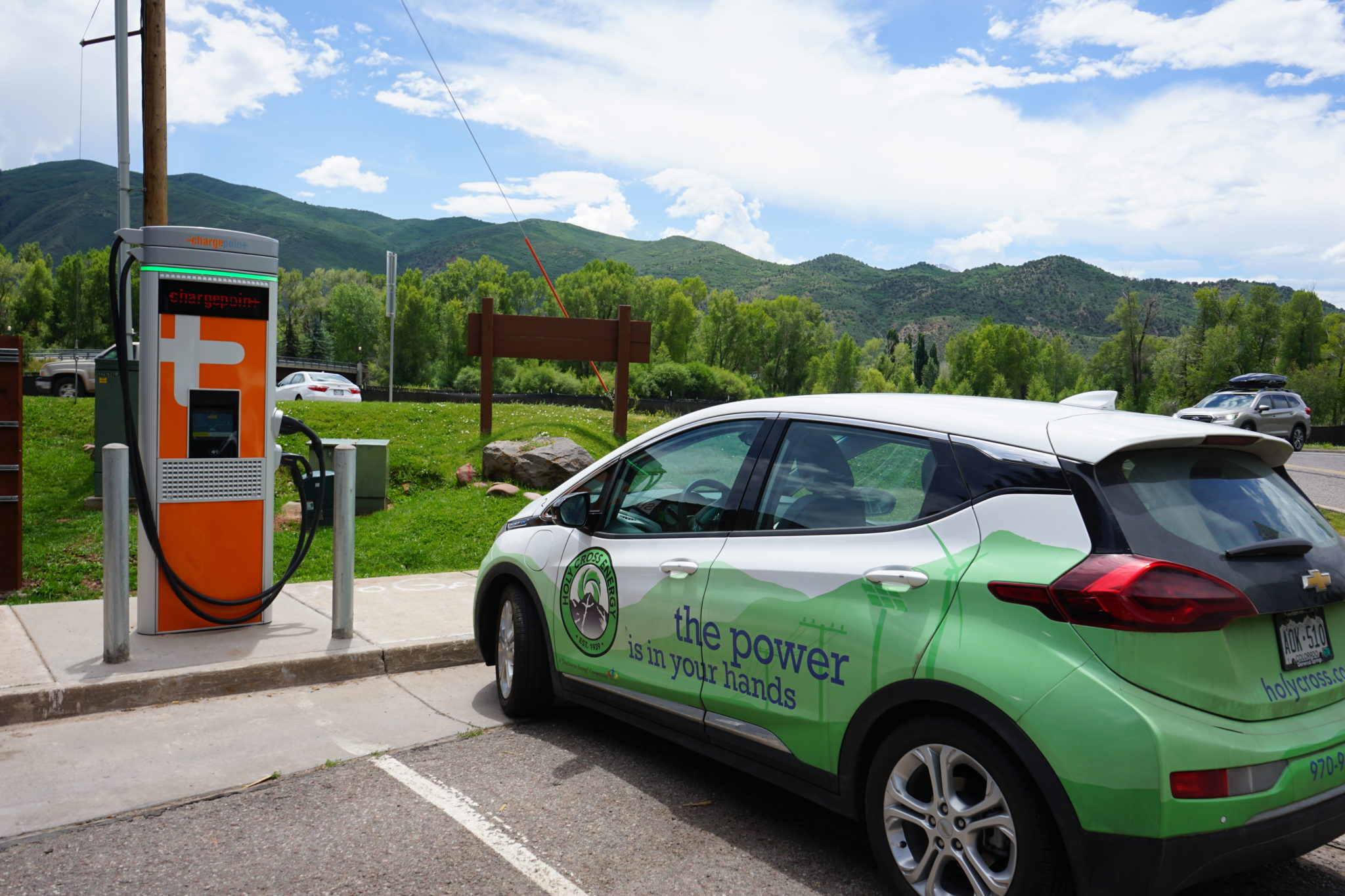The transition to electric vehicles (EVs) is gaining momentum in the United States, driven by environmental concerns and advancements in technology. However, this shift is not occurring evenly across the country.
Rural Americans face unique challenges that leave them behind in the EV transition. Limited access to charging infrastructure, higher upfront costs, and a lack of incentives tailored to rural areas contribute to this disparity.
This article explores how these factors impact rural communities and the potential solutions to ensure a more inclusive transition to electric mobility. One of the most significant barriers for rural Americans in the EV transition is the limited access to charging infrastructure.
While urban and suburban areas are seeing rapid growth in the number of public charging stations, rural regions lag behind. The lack of charging points makes it difficult for rural residents to adopt EVs, as they cannot rely on convenient and accessible charging options.
For many rural drivers, the fear of being stranded without a charging station nearby discourages them from considering an EV as a viable option. Higher upfront costs of electric vehicles also pose a significant challenge for rural Americans.
Also Read: Do New Car Safety Features Actually Make Driving Safer?
EVs generally have a higher purchase price compared to traditional gasoline-powered vehicles, even though they offer long-term savings on fuel and maintenance. Rural residents, who often have lower incomes and less access to financing options, may find it difficult to afford the initial investment required to switch to an EV.

Additionally, the resale value of EVs can be uncertain, further deterring potential buyers in rural areas. The lack of incentives tailored to rural communities exacerbates the issue. Many federal and state incentives for EV adoption, such as tax credits and rebates, are designed with urban and suburban populations in mind.
These incentives often do not address the specific needs and circumstances of rural residents. For example, incentives that focus on workplace charging or urban car-sharing programs are less relevant in rural areas where people rely on personal vehicles for long-distance travel and daily commuting.
Tailoring incentives to meet the needs of rural communities could help bridge the gap in EV adoption. Rural areas also face unique logistical challenges that impact EV adoption. The longer distances between destinations in rural regions require vehicles with a greater driving range, making range anxiety a more pronounced concern.
While newer EV models boast improved ranges, the availability of these models in rural markets can be limited. Furthermore, the rugged terrain and extreme weather conditions in some rural areas demand vehicles with robust performance capabilities, which are not always available in the current EV offerings.
The cultural and social factors in rural communities also play a role in the slow adoption of EVs. Rural residents may be more resistant to change and skeptical of new technologies, particularly if they perceive EVs as impractical for their lifestyle and needs.
Building trust and awareness through targeted education and outreach programs can help address misconceptions and highlight the benefits of EVs for rural communities.
Potential solutions to ensure a more inclusive transition to electric mobility include expanding charging infrastructure in rural areas, offering tailored incentives, and promoting the development of EV models that meet the specific needs of rural drivers.
Public-private partnerships can play a crucial role in building charging stations along rural highways and in small towns. Additionally, designing incentive programs that consider the unique challenges faced by rural residents, such as providing rebates for home charging equipment and offering financial assistance for EV purchases, can help make EVs more accessible to rural populations.
Also Read: Why Some Car Features Are Getting Worse Despite Advancements

